A fierce man who remodeled the 'Game Boy Pocket' released in 1996 into a folding type appears

Nintendo has released several foldable portable game machines such as ' Game Boy Advance SP ' and ' Nintendo DS '. However, a fierce man who has remodeled Nintendo's portable game machine ' Game Boy Pocket ' released in 1996 into a folding type by force has become a hot topic.
When to hold 'em and when to fold 'em: Adding a hinge to a Game Boy that God never intended
https://posts.decontextualize.com/pocket-sp/
Hobbyist adds a hinge to the Game Boy Pocket, delighting everyone | Ars Technica
https://arstechnica.com/gaming/2022/11/this-modded-game-boy-pocket-goes-against-nature-by-folding-in-half/
There is a community that enjoys remodeling retro game machines such as `` Game Boy '', a portable game machine released by Nintendo in 1989, and programmer Allison Parrish, who remodeled the Game Boy Pocket, is also such a community. is a member of
There seems to be a certain tendency in remodeling Game Boy in recent years, and the most popular one is 'remodeling the folding Game Boy Advance SP into a non-folding game machine like the Game Boy'. This is a modification that transfers the Game Boy Advance SP motherboard to a specially made housing. Parrish said that remodeling the foldable Game Boy Advance SP into a non-foldable housing has the appeal of ``making it a more compact and powerful game machine.''
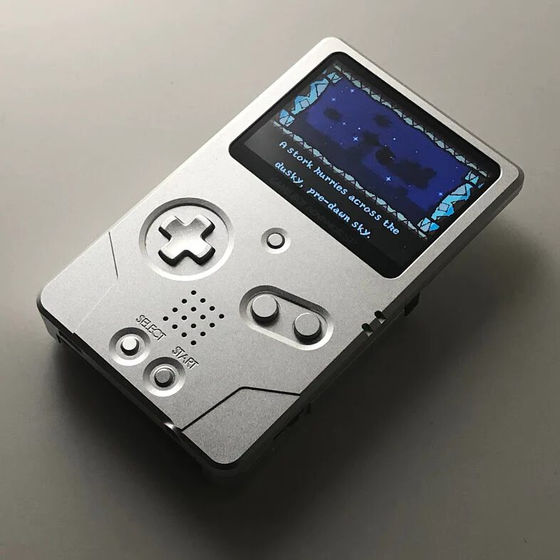
However, Mr. Parrish, who said that the first Gameboy he got was the Gameboy Advance SP, said, ``I don't think other Gameboys are better than the Gameboy Advance SP purely from an industrial design point of view.'' He reveals that he really likes the design of the Advanced SP. Mr. Parish seems to have come up with the idea of remodeling the Game Boy Pocket into a folding type, where the PCB layout and circuit diagram are easy to understand, and the motherboard itself is robust and easy to repair.
Mr. Parish first sketches the completed drawing of the folding Game Boy pocket. Then, it turned out that the vertical and horizontal lengths must be at least 3 inches or more, and it is necessary to secure a considerable thickness because it is necessary to secure the cassette insertion port.
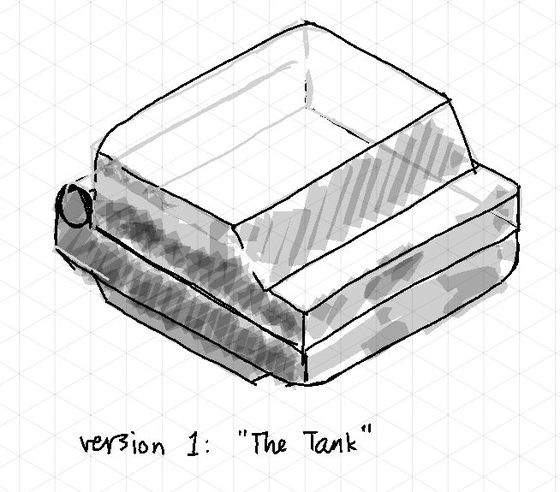
The parts can be classified into three main parts: the upper housing that houses the display, the lower housing that houses the controller, and the battery cover that houses the battery. Below is a sketch of the main parts by Mr. Parish. It seems that the final design is almost as sketched, but it seems that only the battery part has been changed. The final design has no battery holder, because 'I finally decided to incorporate a rechargeable battery,' Parrish explains.
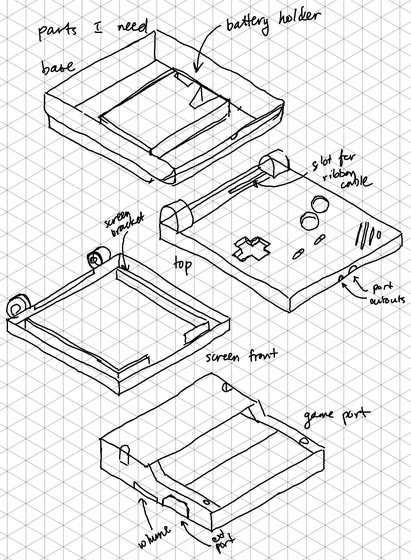
It seems that the most difficult part of the design process for remodeling the Game Boy Pocket into a folding type was the selection of the hinge. The Game Boy Advance SP used the original hinge, which allowed the display to stay in place when opened 120 degrees. Mr. Parrish replicated the hinge mechanism of this Game Boy Advance SP using off-the-shelf hinge parts.
In addition, use digital calipers to accurately measure the dimensions of the Game Boy Pocket housing. Then, based on this exact dimension, a 3D model for Mr. Folding Game Boy Pocket was created using
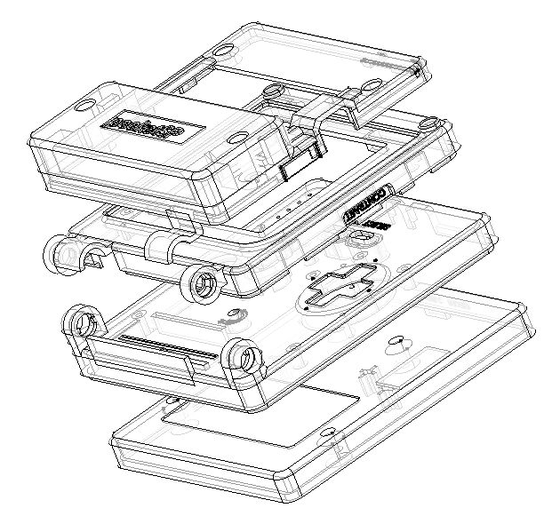
It seems that the design of the cartridge slot was the most difficult part other than the hinge. It seems that most of the other parts were able to be easily created by imitating the dimensions of the Game Boy Pocket and the structure of the Game Boy Advance SP, but only the cartridge slot did not exist in the Game Boy Advance SP, so it was made independently. I had to design it.
Mr. Parrish designed the cartridge slot part as follows so as to make this cartridge slot part as thin as possible and not to insert an incompatible Game Boy Advance cassette by mistake.
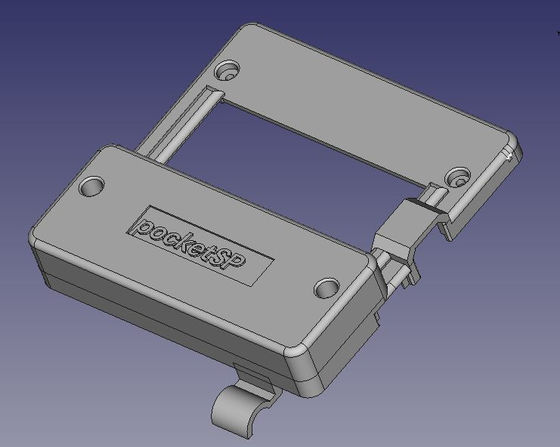
In addition to the design of the housing part, it is also necessary to originally cut one motherboard into two, store them separately in the upper and lower housings, and wire them correctly. Since there are 15 signals on the motherboard of the Game Boy Pocket, I connected them with wires as follows. It seems that the Game Boy Pocket started correctly even with this.
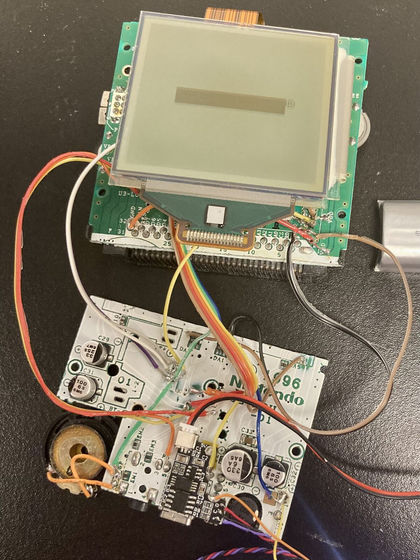
However, it was clear that passing 15 wires through a very thin hinge gauge would be a very difficult task, so Mr. Parish decided to design a
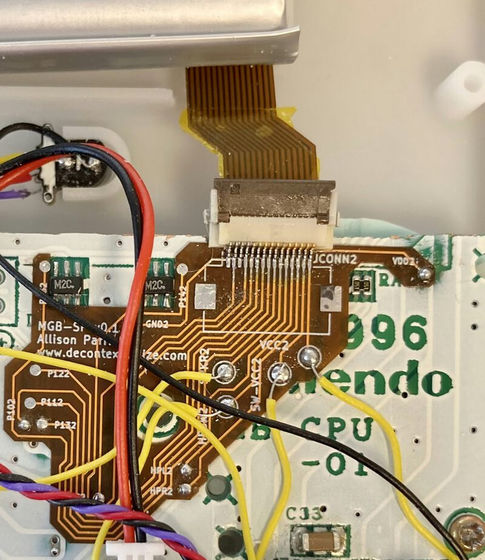
The 3D model and PCB layout of the housing part of the folding Game Boy Pocket created by Mr. Parrish are published on GitHub and are available to anyone.
GitHub - aparrish/pocket-sp: Design files for my Pocket SP Game Boy mod
This is the completed folding Game Boy pocket made by Mr. Parrish.
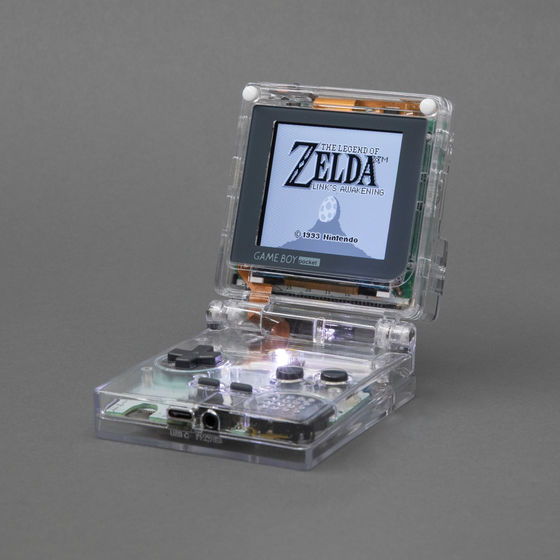
back
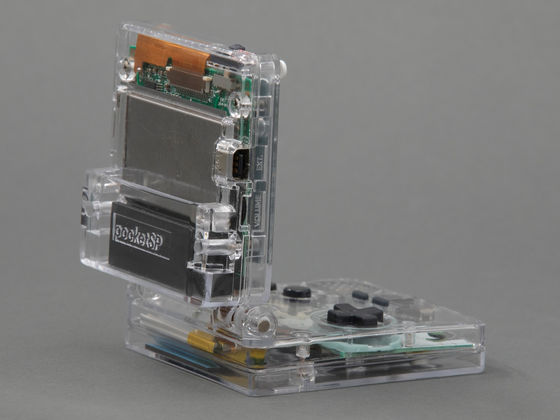
side
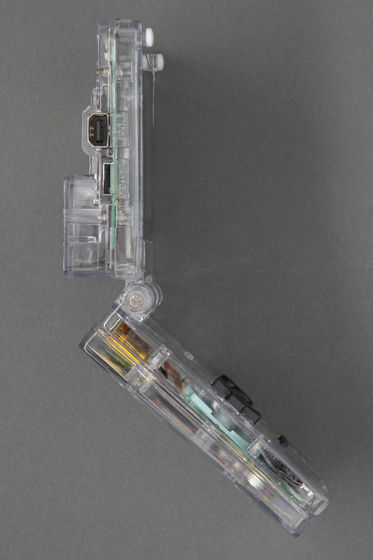
Looking from above it looks like this.
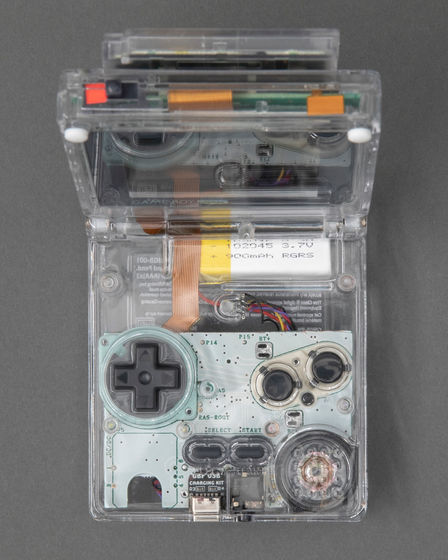
bottom
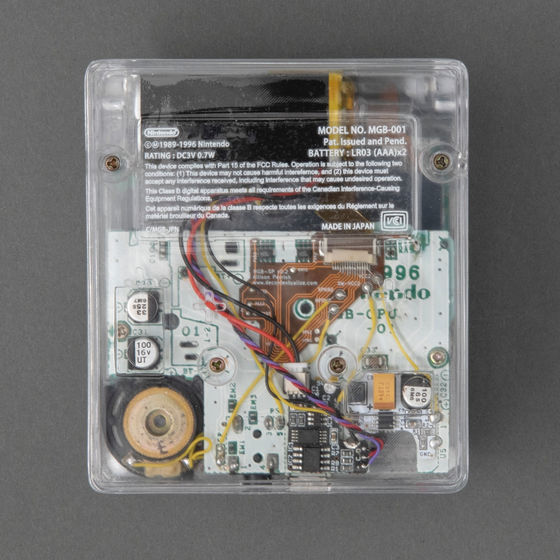
Parts such as the USB-C charging kit for the Gameboy pocket and the voltage regulator for the Gameboy pocket used for the folding Gameboy pocket created by Mr. Parish can be purchased at the online parts shop Retro Game Repair Shop and Helders Game Tech .
In addition, it seems that the folding Game Boy Pocket created by Mr. Parrish won the technical category of the Game Boy Modification Contest 2022 held on Reddit, an overseas bulletin board site.
Related Posts:







